Home>Garden Essentials>How Long To Grow Cucumbers From Seed
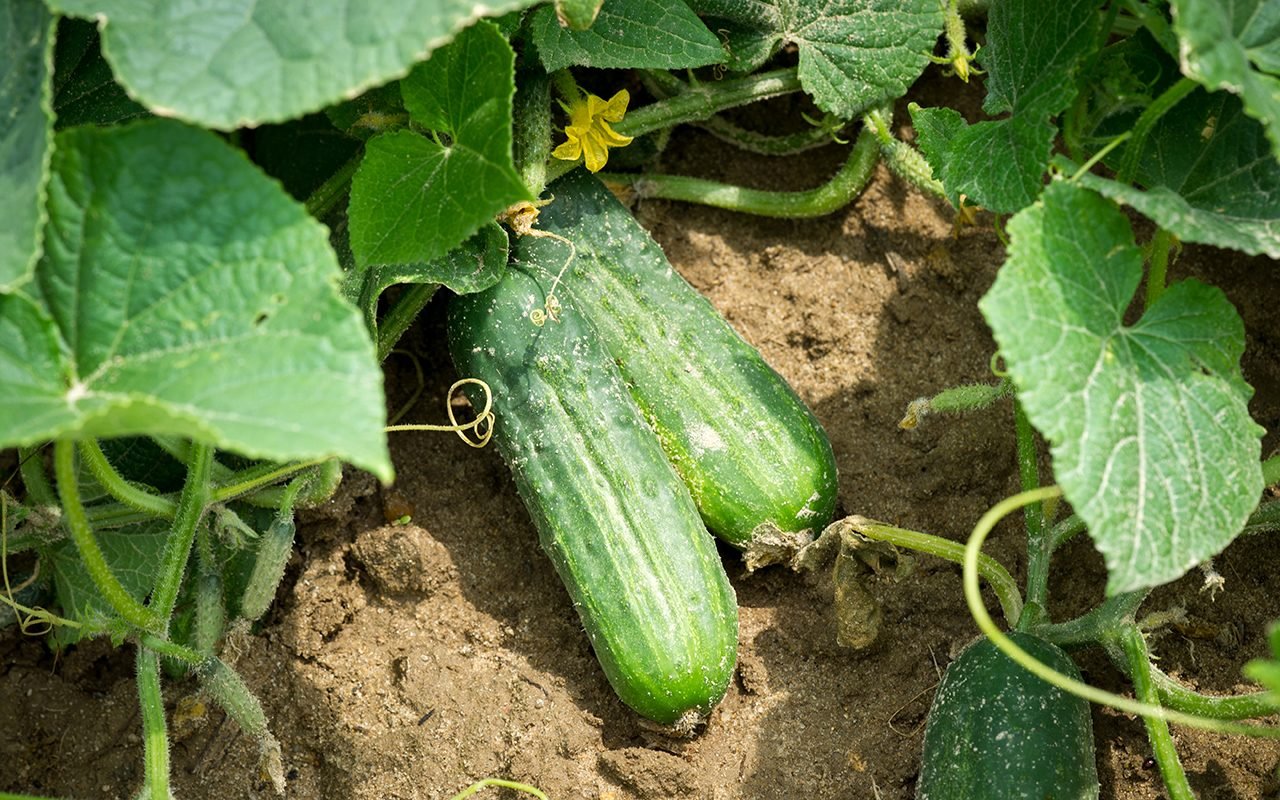

Garden Essentials
How Long To Grow Cucumbers From Seed
Modified: March 15, 2024
Learn how long it takes to grow cucumbers from seed in your garden. Get expert tips and advice for a successful cucumber harvest.
(Many of the links in this article redirect to a specific reviewed product. Your purchase of these products through affiliate links helps to generate commission for Storables.com, at no extra cost. Learn more)
Introduction
Welcome to the wonderful world of gardening! If you’ve ever tasted a fresh, homegrown cucumber straight from the garden, you know just how incredibly delicious and satisfying it can be. Growing cucumbers from seed is not only a rewarding experience, but it also allows you to enjoy a bountiful harvest of these crisp and refreshing vegetables.
Whether you’re a seasoned gardener or a beginner with a green thumb, this article will guide you through the process of growing cucumbers from seed. We’ll cover everything from choosing the right seeds to caring for your cucumber plants and harvesting the fruits of your labor.
Before we dive into the details, let’s take a moment to appreciate the benefits of growing cucumbers in your own garden. Not only are they low in calories and packed with essential vitamins and minerals, but they are also a versatile addition to salads, sandwiches, and even homemade pickles.
When you grow cucumbers from seed, you have control over the quality of the fruits. You can choose organic, non-GMO seeds that are free from pesticides and other chemicals. Plus, by nurturing the plants from seedlings to maturity, you develop a deeper connection with your garden and gain a sense of accomplishment as you watch your cucumber plants thrive.
So, let’s roll up our sleeves and get started on this cucumber-growing adventure. Get ready to experience the joy of harvesting your own fresh and delicious cucumbers. Let’s dig in!
Key Takeaways:
- Growing cucumbers from seed is a rewarding adventure that starts with choosing the right seeds and preparing the soil. With proper care and attention, you can enjoy the delicious fruits of your labor in no time!
- Caring for cucumber plants involves providing support, managing pests and diseases, and harvesting at the right time. Enjoy the crisp and refreshing taste of homegrown cucumbers while sharing the abundance with family and friends!
Read more: How Long Do Cucumbers Take To Grow From Seed
Choosing the Right Cucumber Seeds
When it comes to choosing cucumber seeds, there are a few factors to consider that will help you grow healthy and productive plants. Here are some tips to guide you in selecting the right cucumber seeds for your garden:
- Variety Selection: Cucumbers come in various shapes, sizes, and colors. Decide whether you prefer slicing cucumbers, which are typically longer and used for salads, or pickling cucumbers, which are shorter and perfect for making homemade pickles. Some popular cucumber varieties include ‘Marketmore’, ‘Burpless’, ‘Lemon Cucumber’, and ‘National Pickling’.
- Growing Conditions: Consider the climate and growing conditions in your area. Some cucumber varieties are more suitable for cool climates, while others thrive in warm or tropical climates. Read the seed packets or do research to find cucumbers that are well-suited to your specific region.
- Seed Quality: Choose high-quality seeds from reputable seed suppliers. Look for seeds that are fresh and have a high germination rate. Organic and non-GMO seeds are a great choice if you prefer to avoid chemicals in your garden.
- Disease Resistance: Certain cucumber varieties have been bred to be resistant to common cucumber diseases such as powdery mildew, downy mildew, and cucumber mosaic virus. Check the seed packets for information on disease resistance to ensure a higher chance of successful growth.
- Seed Starting Method: Consider whether you want to start your cucumber seeds indoors or directly sow them in the garden. Some cucumber varieties are better suited for one method over the other. Seeds marked as “suitable for indoor sowing” are ideal for starting indoors and transplanting later.
Remember, choosing the right cucumber seeds is the first step towards a successful harvest. Take your time to research and select varieties that align with your preferences and growing conditions. By selecting the right seeds, you’ll be well on your way to growing healthy and delicious cucumbers in your own garden.
Preparing the Soil for Cucumber Planting
Creating the ideal growing environment for your cucumber plants begins with preparing the soil. Proper soil preparation will ensure that your plants have the necessary nutrients and drainage to thrive. Here are some important steps to take when preparing the soil for cucumber planting:
- Choose a Sunny Location: Cucumbers thrive in full sun, so choose a spot in your garden that receives at least 6-8 hours of direct sunlight per day. This will help promote healthy growth and abundant fruit production.
- Clear the Area: Remove any weeds or debris from the planting area. Weeds can compete with your cucumber plants for nutrients and water, so it’s important to clear them out before planting.
- Loosen the Soil: Cucumbers prefer well-draining soil, so use a garden fork or tiller to loosen the soil in the planting area. This will help improve drainage and allow the plant roots to penetrate the soil more easily.
- Amend the Soil: Cucumbers thrive in fertile soil, so it’s a good idea to amend the soil with organic matter such as compost or well-rotted manure. This will enrich the soil with nutrients and improve its structure. Spread a 2-3 inch layer of organic matter over the planting area and mix it into the soil.
- Test the Soil pH: Cucumbers prefer slightly acidic soil with a pH range of 6.0-7.0. Use a soil testing kit to determine the pH of your soil. If the pH is too low (acidic), you can add lime to raise it. If the pH is too high (alkaline), you can add sulfur or peat moss to lower it.
- Level the Soil: Smooth out the soil surface with a rake to create a level planting area. This will provide a stable foundation for your cucumber plants.
By following these steps, you’ll create a nutrient-rich and well-draining soil environment that is ideal for cucumber plants. This will set the stage for healthy growth and a successful harvest. Remember to water the soil thoroughly after planting to settle it around the roots and provide moisture to the plants.
Planting Cucumber Seeds
Now that you have prepared the soil, it’s time to sow your cucumber seeds and watch them grow into thriving plants. Follow these steps to ensure successful planting:
- Timing: Cucumbers are warm-season vegetables, so it’s important to wait until all danger of frost has passed before planting. In most regions, this is typically around the springtime when the soil has warmed up.
- Spacing: Cucumbers are sprawling plants that require ample space to grow. Plant your cucumber seeds about 1 inch deep and space them 12-24 inches apart. If you are planting multiple rows, allow 3-5 feet between each row to accommodate the spreading vines.
- Planting Indoors: If you choose to start your cucumber seeds indoors, plant them in biodegradable pots or seed trays filled with seed starting mix. Plant one seed per pot and keep them in a warm location. Once the seedlings have developed a few true leaves, they can be transplanted outdoors.
- Planting Outdoors: For direct sowing, place 2-3 cucumber seeds in each planting hole. Cover the seeds with soil and gently firm it down. Water the area thoroughly after planting to ensure good soil-to-seed contact.
- Provide Support (If Needed): Some cucumber varieties, especially vining types, benefit from trellises or stakes for support. This helps keep the plants upright, saves garden space, and allows for better air circulation. Install the supports at the time of planting to avoid damaging the roots later on.
- Watering: Keep the soil evenly moist after planting. Cucumber seeds need consistent moisture to germinate. Avoid overwatering as it may lead to rotting of the seeds or damping off of the seedlings. Once the seedlings have emerged, water deeply but less frequently to encourage strong root development.
Remember to label your cucumber plants so that you can keep track of the varieties you’ve planted. This will come in handy when caring for and harvesting your cucumbers.
With proper planting techniques and care, your cucumber seeds will soon sprout and grow into vigorous plants. In the next section, we’ll discuss the watering requirements for cucumber seedlings to ensure their healthy development.
Watering Requirements for Cucumber Seedlings
Proper watering is crucial for the healthy growth and development of cucumber seedlings. Cucumbers require consistent moisture, especially during the early stages when they are establishing their root systems. Here are some important tips to consider when it comes to watering cucumber seedlings:
- Keep the Soil Moist: Cucumber seedlings need consistently moist soil to thrive. Water the plants regularly, especially during hot and dry periods. Aim to keep the soil evenly moist, but be careful not to overwater as this can lead to root rot. As a general rule, water deeply once or twice a week, depending on rainfall and soil conditions.
- Water at the Base: When watering cucumber seedlings, it’s best to water at the base of the plants rather than overhead. This helps prevent the foliage from getting wet, which can reduce the risk of fungal diseases. Use a watering can or a soaker hose to deliver water directly to the soil around the plants.
- Monitor Soil Moisture: Regularly check the moisture level of the soil by sticking your finger about an inch into the soil. If it feels dry, it’s time to water. If it feels moist, hold off on watering until the soil dries out slightly.
- Mulch: Applying a layer of organic mulch, such as straw or shredded leaves, around the base of cucumber seedlings can help conserve moisture in the soil. Mulch also helps suppress weeds and regulate soil temperature, providing a favorable growing environment for your plants.
- Avoid Water Stress: While cucumbers require consistent moisture, it’s important to avoid water stress caused by overwatering or underwatering. Overwatering can lead to root rot and other fungal diseases, while underwatering can result in wilting and stunted growth. Strive to maintain a balanced moisture level in the soil.
By following these watering guidelines, you’ll provide your cucumber seedlings with the moisture they need to establish strong roots and grow into healthy plants. In the next section, we’ll discuss the crucial steps for caring for cucumber plants throughout their growth cycle.
Cucumbers take 50-70 days to grow from seed to harvest. Plant in warm soil, keep well-watered, and provide support for climbing varieties.
Read more: How Long To Grow Herbs From Seed
Caring for Cucumber Plants
Once your cucumber plants have sprouted and started to grow, it’s important to provide them with proper care to ensure their health and productivity. Here are some essential steps to follow when caring for cucumber plants:
- Support and Pruning: If you’re growing vining cucumbers, provide a trellis, fence, or other support system for them to climb. This helps keep the vines off the ground, saving space in your garden and reducing the risk of fungal diseases. Additionally, prune any side shoots or suckers that develop, directing the plant’s energy towards fruit production.
- Fertilization: Cucumbers are heavy feeders and benefit from regular fertilization. Apply a balanced organic fertilizer or compost every 4-6 weeks during the growing season. Be careful not to over-fertilize, as this can lead to excessive foliage growth at the expense of fruit production.
- Weed Control: Keep the area around your cucumber plants free from weeds. Weeds can compete with the cucumber plants for nutrients, water, and sunlight. Regularly pull or mulch around the base of the plants to suppress weed growth and maintain a clean growing environment.
- Pest Management: Monitor your cucumber plants regularly for any signs of pests such as aphids, cucumber beetles, or spider mites. If you notice pest activity, consider using organic pest control methods such as handpicking, beneficial insects, or neem oil. Early detection and intervention can help prevent widespread infestations and minimize damage to your plants.
- Disease Prevention: Cucumber plants are susceptible to various fungal diseases, such as powdery mildew and downy mildew. To prevent these diseases, ensure good air circulation by spacing the plants properly and keeping the foliage dry. Water at the base of the plants and avoid overhead watering. Using disease-resistant cucumber varieties can also help minimize the risk of infection.
- Regular Harvesting: Harvest your cucumbers regularly to promote continuous fruit production. Pick cucumbers when they reach the desired size and before they become overripe. Leaving overripe cucumbers on the vine can signal the plant to stop producing more fruit.
Caring for your cucumber plants throughout their growth cycle is essential for achieving a bountiful harvest. By providing adequate support, proper fertilization, and vigilant pest and disease management, you’ll ensure that your cucumber plants thrive and reward you with an abundance of delicious fruits.
In the next section, we’ll discuss some common problems that cucumber plants may encounter and how to address them effectively.
Recognizing Common Cucumber Plant Problems
While cucumbers are relatively easy to grow, they can still face certain challenges in the garden. Being able to identify and address common cucumber plant problems will help ensure the health and productivity of your plants. Here are some issues you may encounter:
- Powdery Mildew: Powdery mildew is a fungal disease that appears as a white, powdery coating on the leaves. It can hinder photosynthesis and stunt plant growth. Prevent powdery mildew by providing good air circulation, avoiding overhead watering, and using disease-resistant cucumber varieties. If it occurs, treat with organic fungicides or solutions containing neem oil.
- Downy Mildew: Downy mildew is another fungal disease that affects cucumber plants. Symptoms include yellow blotches on the leaves and a fuzzy, gray growth on the undersides. Choose resistant varieties, practice crop rotation, and provide good air circulation to prevent this disease. If infected, use organic fungicides or solutions containing copper-based compounds.
- Cucumber Beetles: These small, striped beetles can chew on cucumber leaves and transmit bacterial wilt disease. Monitor plants regularly and physically remove any beetles you find. The use of row covers and sticky traps can also help manage infestations. Consider introducing beneficial insects like ladybugs or practicing companion planting with plants that repel cucumber beetles, such as marigolds.
- Aphids: Aphids are tiny, sap-sucking insects that can cause curling, stunted growth, and yellowing of leaves. Use a strong stream of water or insecticidal soap to remove aphids from the plants. Ladybugs and lacewings are natural predators that can keep aphid populations in check.
- Fruit Bitterness: Bitter-tasting cucumbers can result from irregular watering, insufficient fertility, or stress on the plants. Ensure consistent moisture, provide regular fertilization, and avoid letting the plants become excessively stressed. Harvest cucumbers at the proper size, as overripe cucumbers can also become bitter.
- Fruit Sunburn: Cucumbers can develop sunburn when exposed to intense sunlight. To prevent this, provide shade by using shade cloth or planting taller crops nearby to create some dappled shade. Mulching the soil around the cucumber plants can also help keep the roots cool and reduce soil temperature.
By being vigilant and proactive in identifying and managing these common cucumber plant problems, you can help ensure the health and productivity of your plants. Regular monitoring, practicing good cultural practices, and utilizing organic remedies when needed will go a long way in maintaining a thriving cucumber garden.
In the final section, we’ll discuss the exciting moment of harvesting your cucumbers and enjoying the fruits of your labor.
Harvesting Cucumbers
The moment you’ve been eagerly waiting for has arrived – it’s time to harvest your cucumbers and enjoy the delicious fruits of your labor! Harvesting cucumbers at the right time ensures optimal flavor and texture. Here’s what you need to know about harvesting cucumbers:
- Timing: Cucumbers are typically ready for harvest between 50-70 days after planting, depending on the variety. Check the seed packet or the estimated days to maturity for guidance. Additionally, cucumbers are at their best when harvested before they become overripe.
- Size: Cucumber varieties can vary in size, so it’s important to know the expected size for the specific variety you’re growing. In general, slicing cucumbers are harvested when they reach about 6-8 inches in length, while pickling cucumbers are harvested when they are 2-4 inches long. Avoid letting cucumbers grow too large, as they can become tough and seedy.
- Color and Texture: The color of cucumbers depends on the variety, but they should have a vibrant and uniform hue. Avoid harvesting cucumbers that are yellowed or dull in color. Additionally, cucumbers should have a firm texture with no soft spots or wrinkles.
- Twist and Snap: To harvest cucumbers, gently twist them sideways and give them a slight upward tug. If the cucumber resists and doesn’t snap off easily, it’s not ready for harvest. Wait a few more days and try again. It’s important to avoid forcefully pulling or cutting the cucumbers, as this can damage the plant and hinder future growth.
- Harvesting Frequency: Cucumbers are often prolific producers, so check your plants regularly for ripe cucumbers. Harvesting frequently encourages the plants to continue producing more cucumbers throughout the season.
- Storage and Usage: Freshly harvested cucumbers can be stored in the refrigerator for up to a week. To maintain freshness, keep them in a perforated plastic bag to retain moisture. Cucumbers are best enjoyed raw in salads, sandwiches, or as a refreshing snack. They can also be used for pickling if you’re growing pickling varieties.
Harvesting cucumbers is an exciting and rewarding experience. Enjoy the crisp and refreshing taste of homegrown cucumbers, knowing that you’ve nurtured them from seed to harvest. Remember to share the abundance with family and friends or consider preserving cucumbers through pickling to enjoy their flavors throughout the year.
By following these guidelines, you’ll be able to savor the fruits of your cucumber plants and have a plentiful harvest to enjoy throughout the growing season.
To wrap it all up, let’s take a moment to reflect on the journey of growing cucumbers from seed.
Conclusion
Congratulations on successfully growing your own cucumbers from seed! Through careful selection of cucumber seeds, proper soil preparation, attentive care, and diligent harvest, you’ve experienced the joy of cultivating these wonderful vegetables in your own garden.
By choosing the right cucumber seeds, you ensured that you had varieties that suit your preferences and growing conditions. Preparing the soil allowed you to create an ideal environment for your cucumber plants to thrive. Planting the seeds at the right time and providing proper watering and care throughout their growth cycle ensured their health and productivity.
You were also able to recognize and address common cucumber plant problems, such as fungal diseases, pests, and environmental stressors. Prompt action and preventive measures helped maintain the health of your plants and mitigate any potential issues.
And finally, the sweet reward of harvest! By carefully monitoring the size, color, and texture of your cucumbers, you were able to pick them at the perfect moment. From there, you enjoyed the delicious flavors of these homegrown treasures in your favorite dishes or preserved them for future enjoyment.
Remember, growing cucumbers from seed is a continuous learning process. Each season provides the opportunity to refine your techniques, experiment with different varieties, and further deepen your connection with nature. Don’t hesitate to share your knowledge and experiences with others, inspiring them to embark on their own cucumber-growing journey.
As you reflect on your successful cucumber-growing endeavor, take pride in the time, care, and effort you’ve dedicated to cultivating these amazing vegetables. Your green thumb and gardening expertise have allowed you to relish in the flavors of fresh cucumbers and experience the satisfaction that comes with growing your own food.
So keep nurturing your garden, expanding your gardening skills, and exploring the countless wonders that nature has to offer. Enjoy the journey, and may your cucumber-growing endeavors continue to flourish year after year!
Frequently Asked Questions about How Long To Grow Cucumbers From Seed
Was this page helpful?
At Storables.com, we guarantee accurate and reliable information. Our content, validated by Expert Board Contributors, is crafted following stringent Editorial Policies. We're committed to providing you with well-researched, expert-backed insights for all your informational needs.
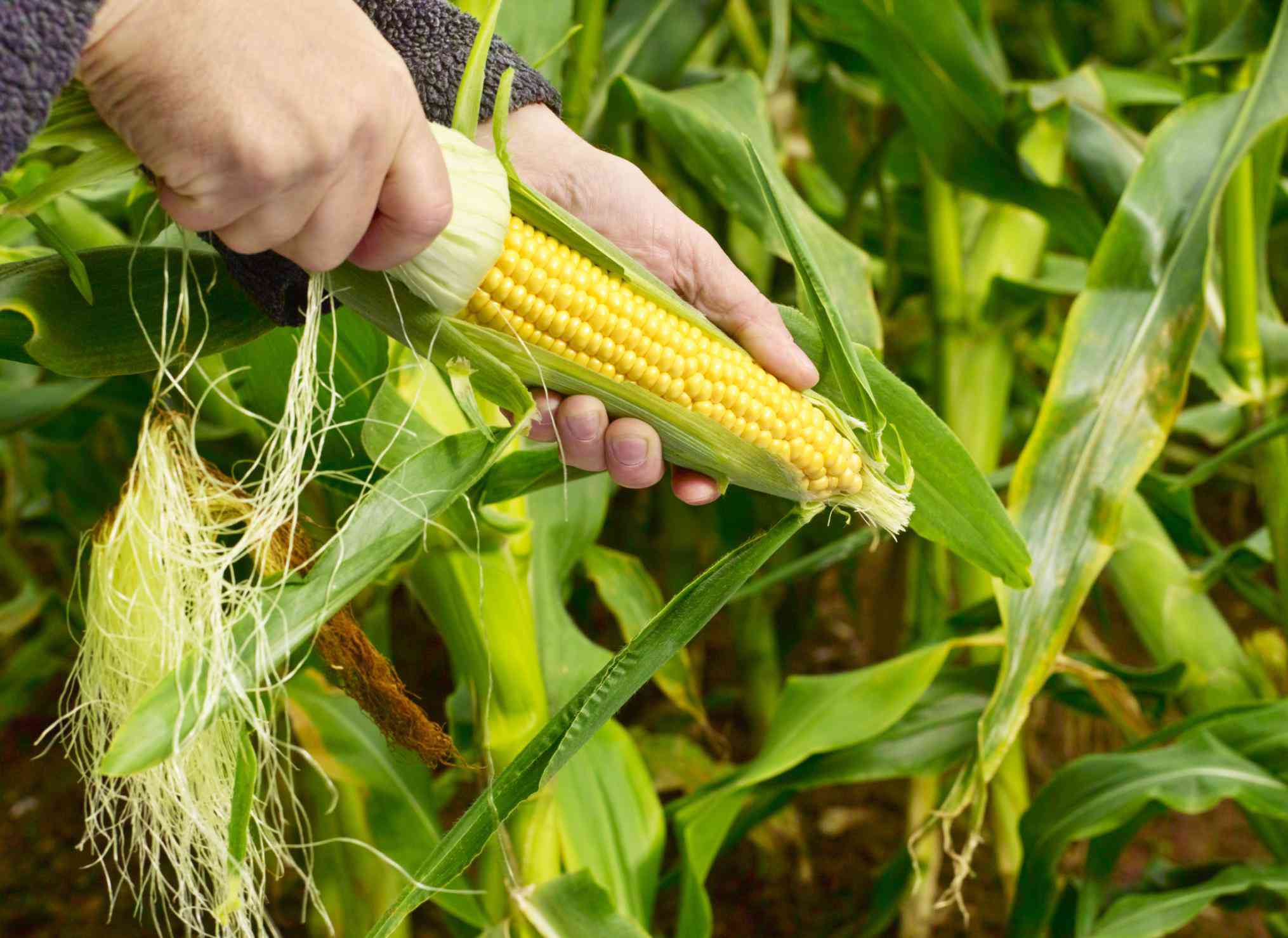
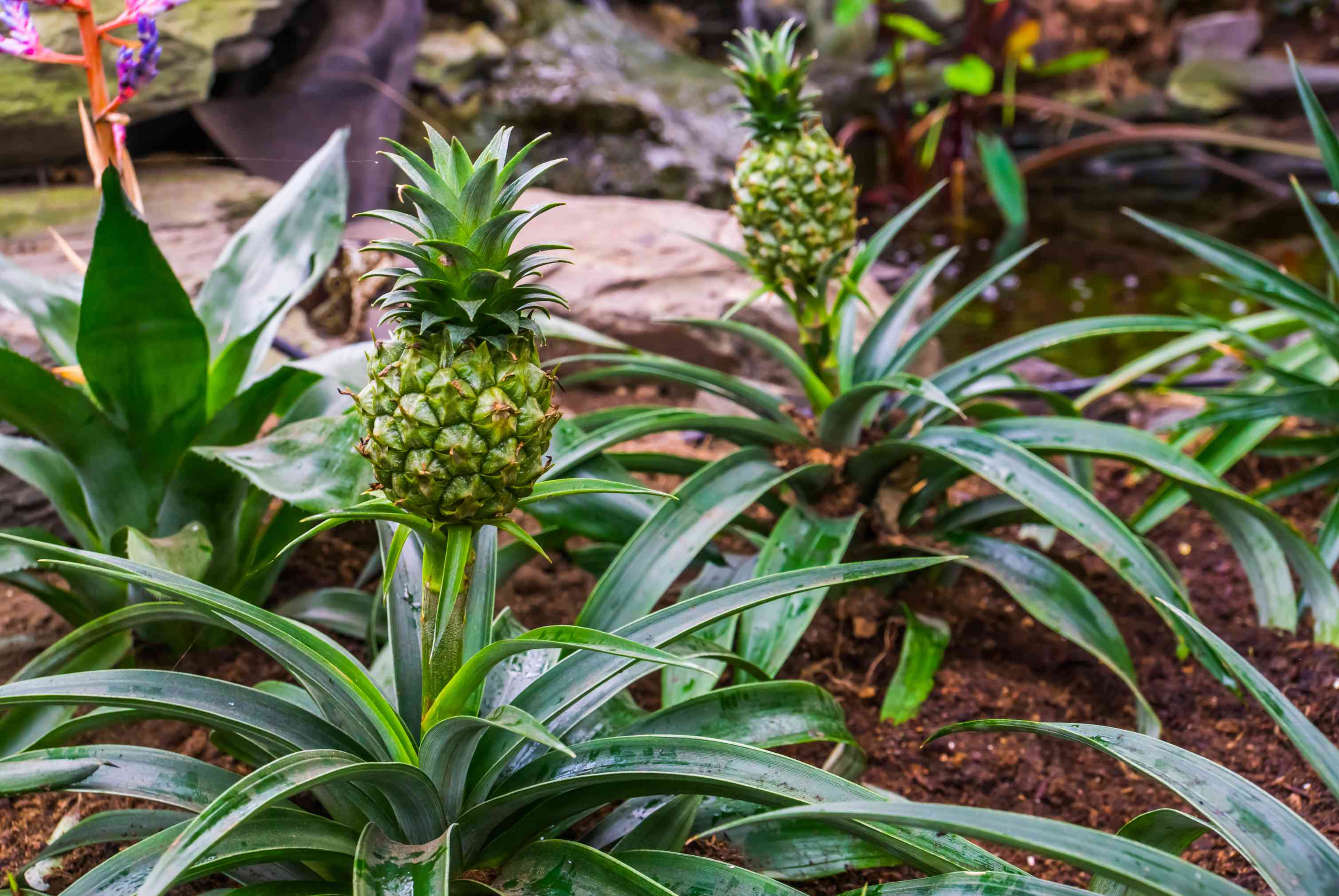
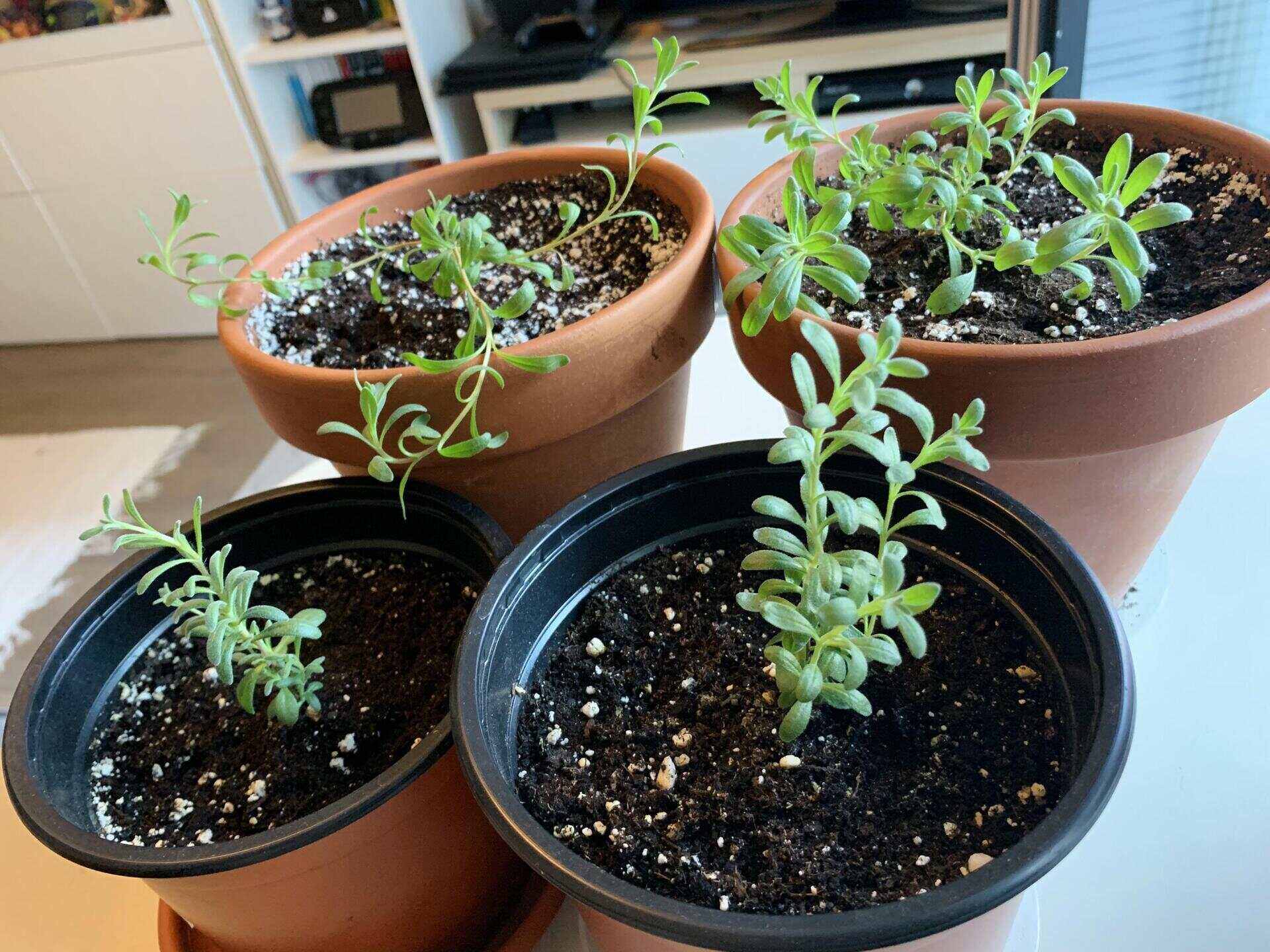
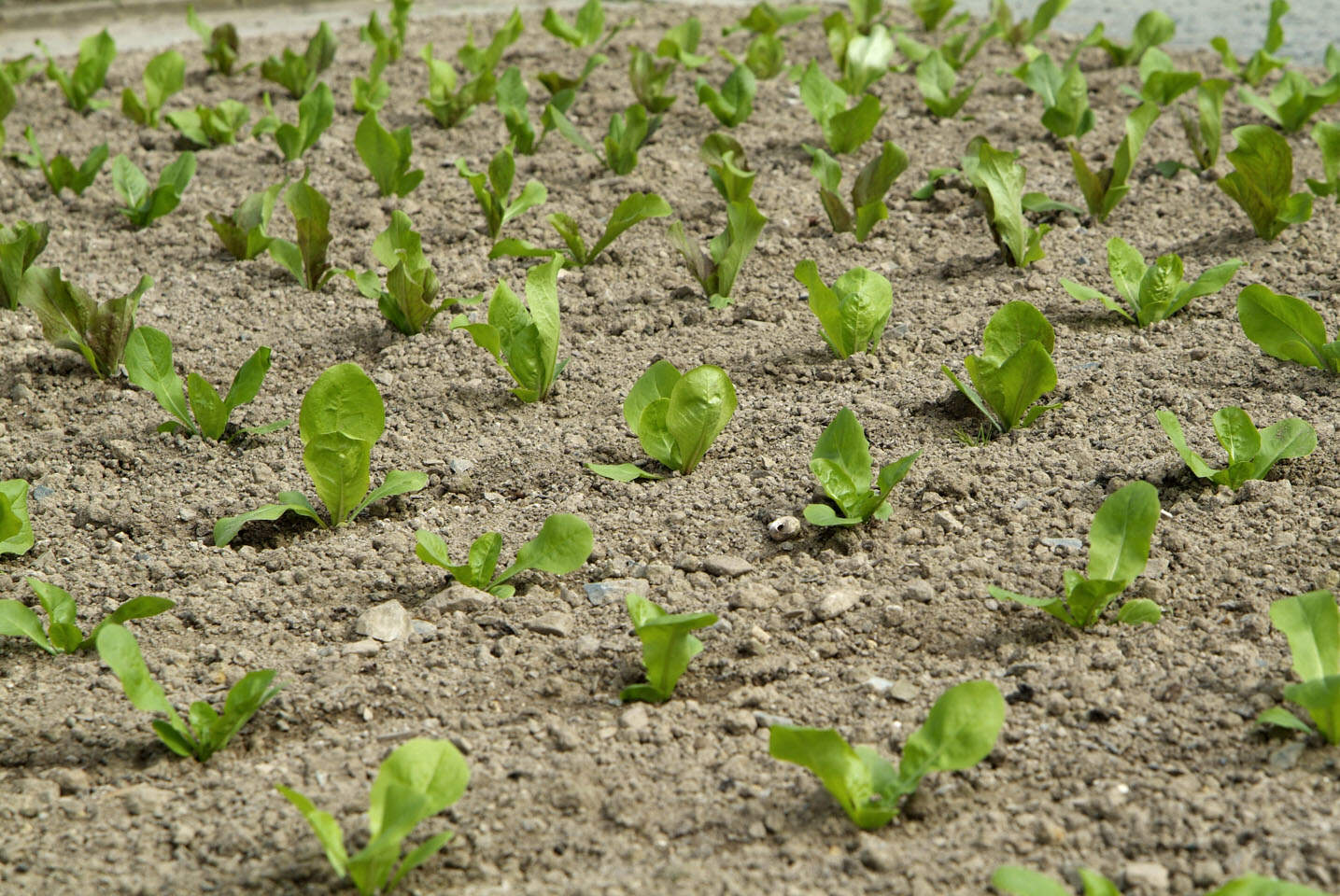
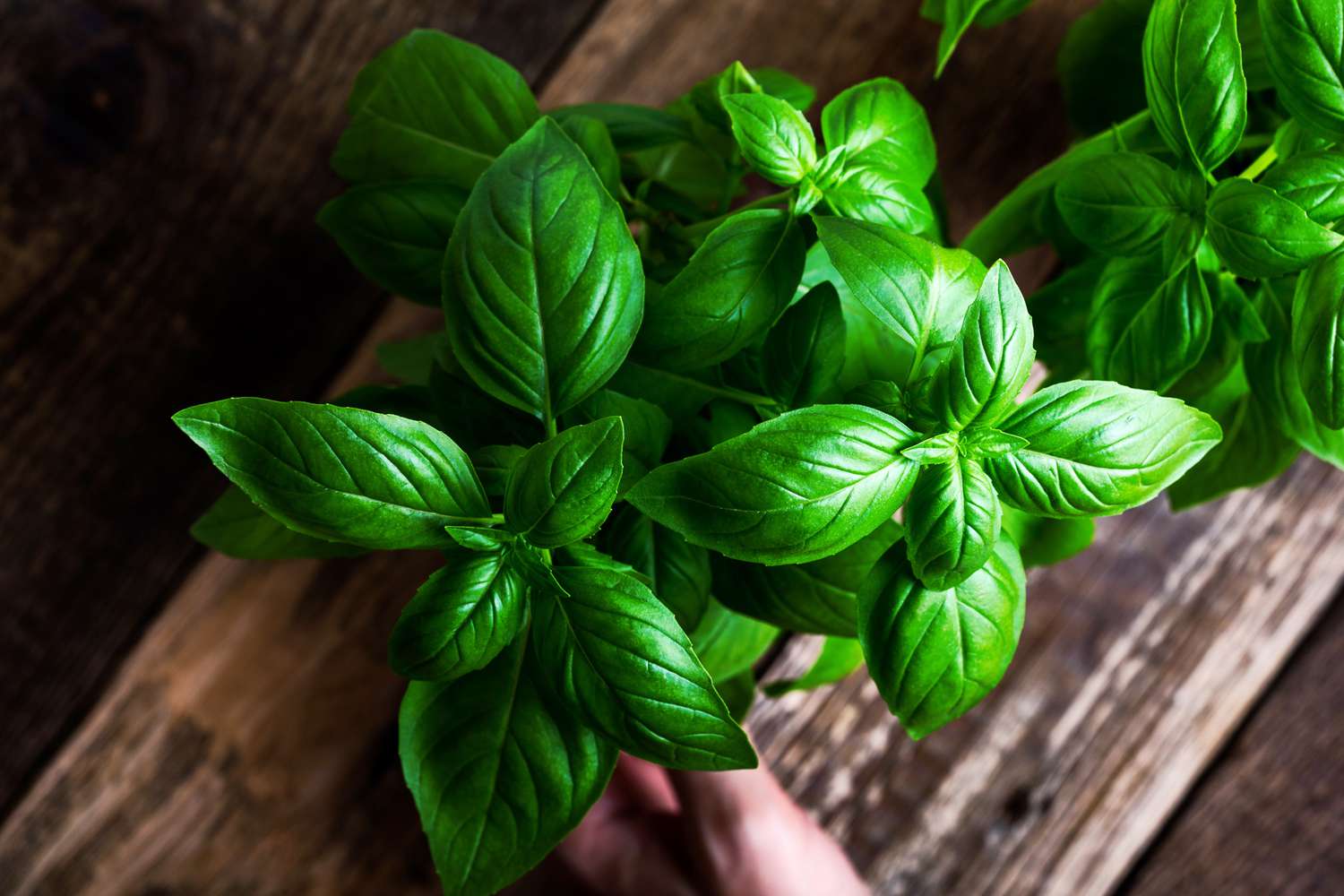
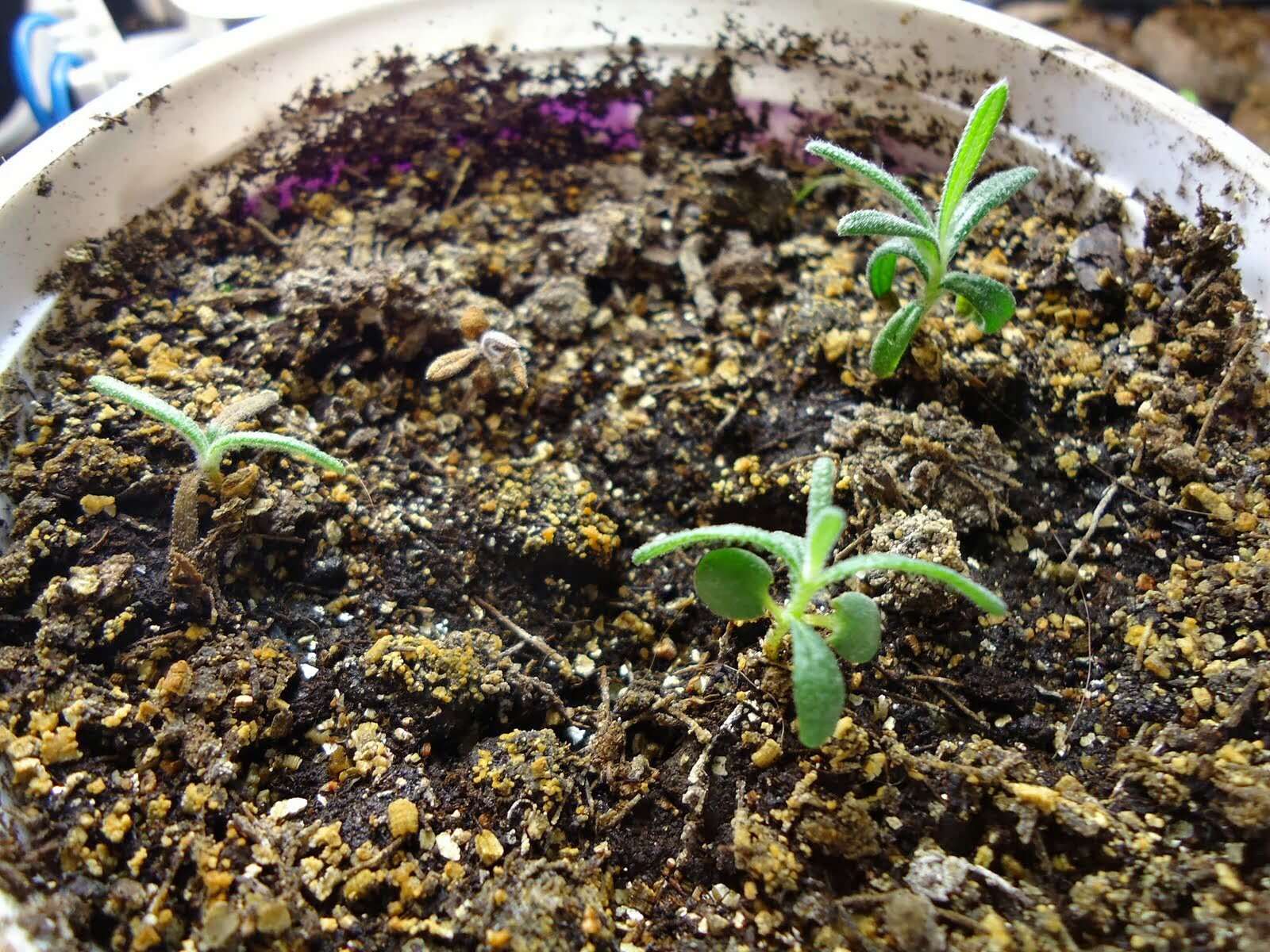
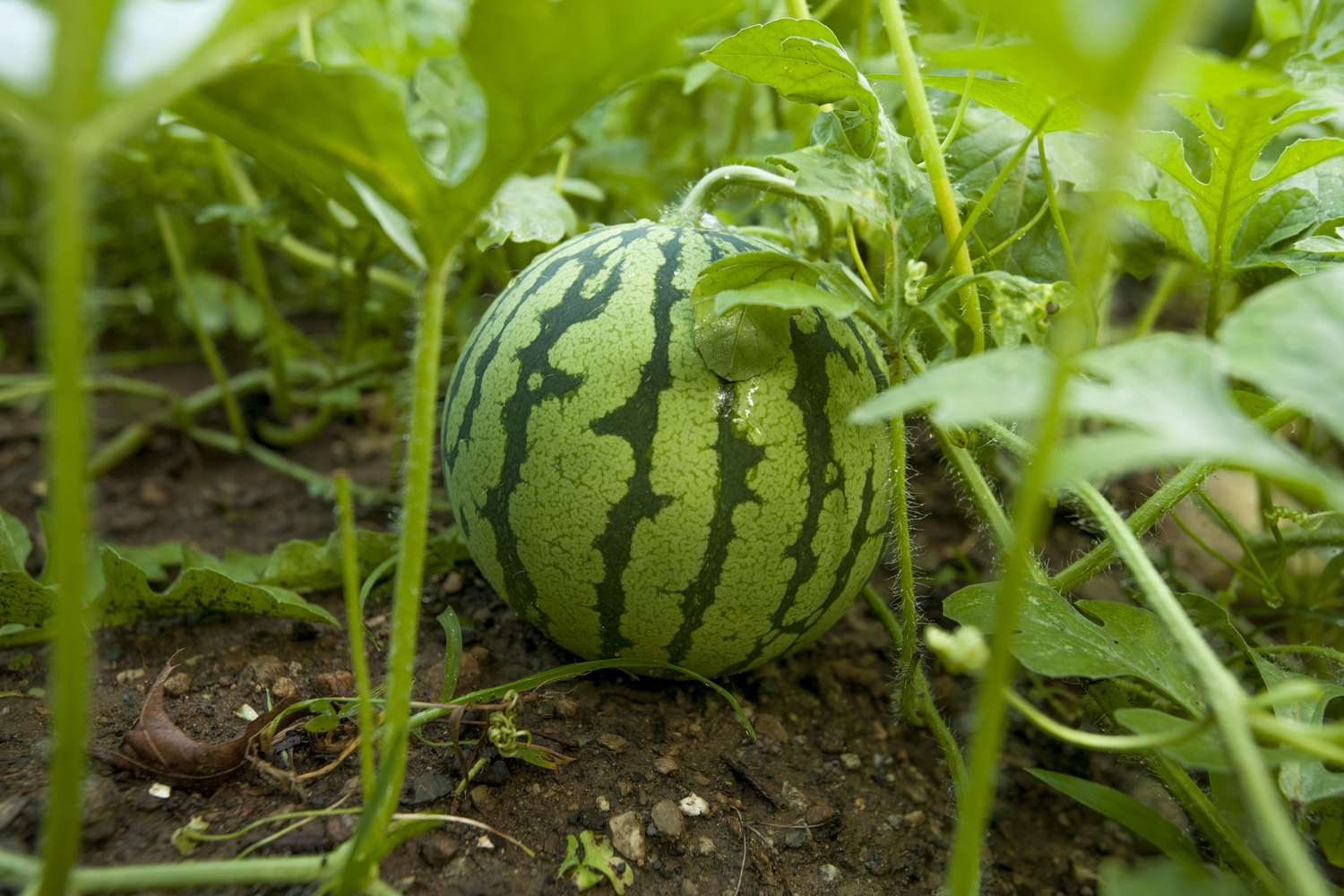
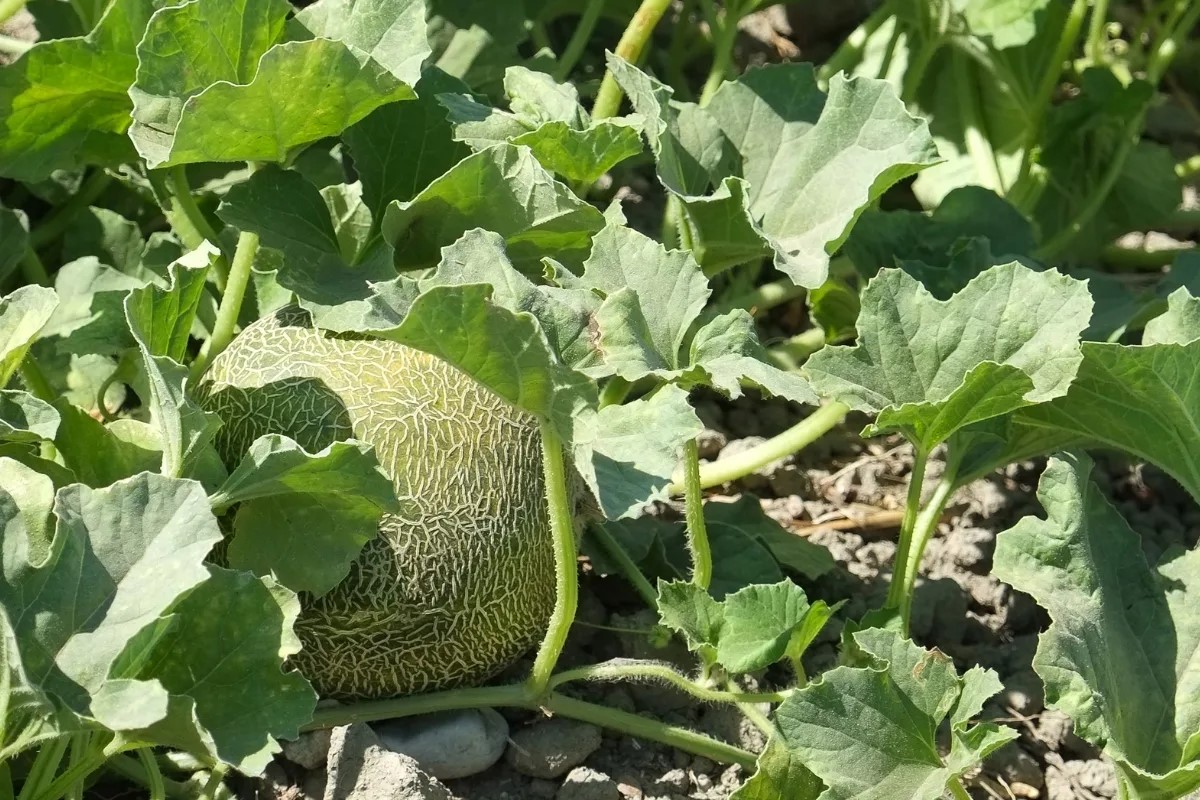
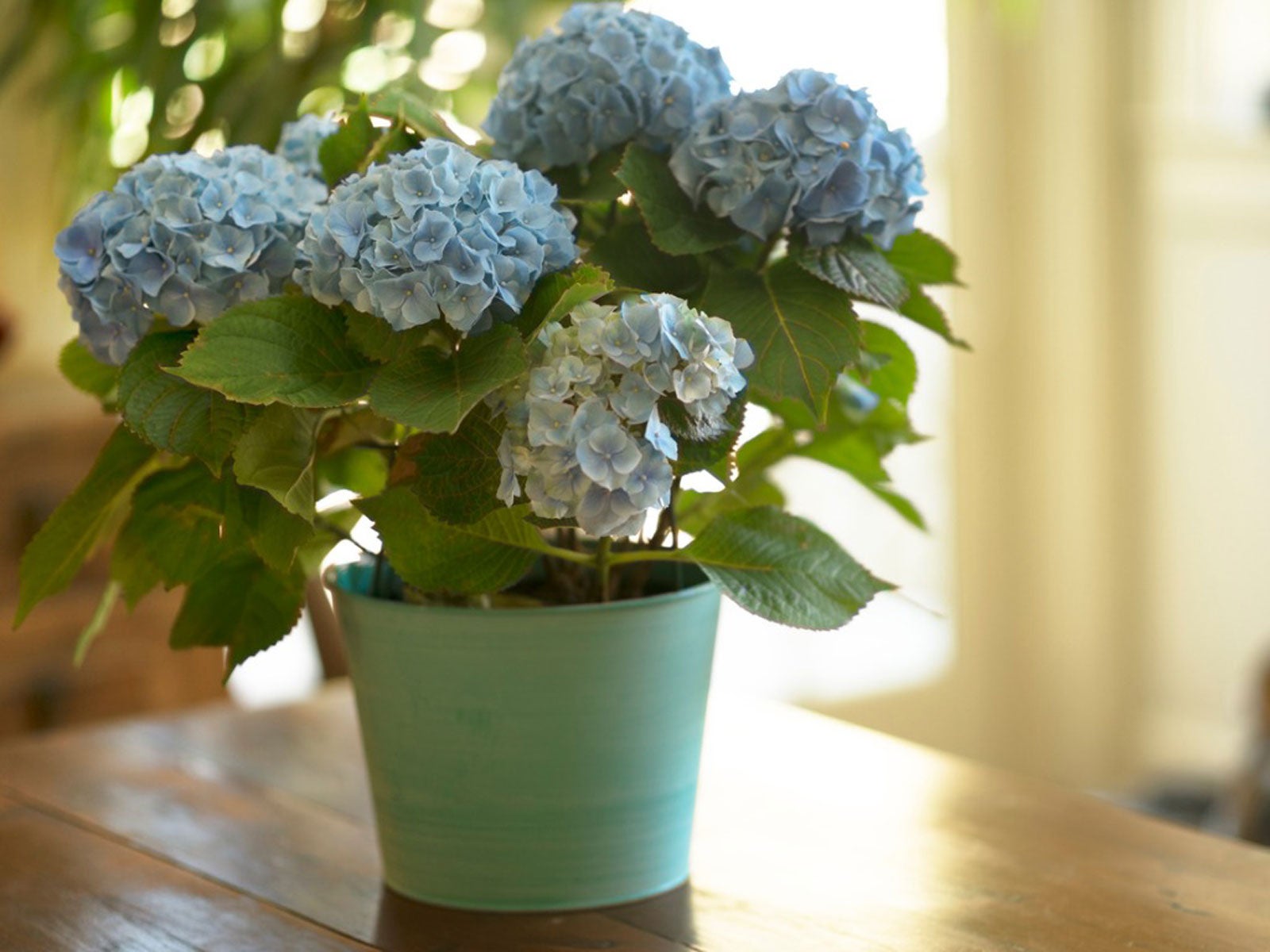
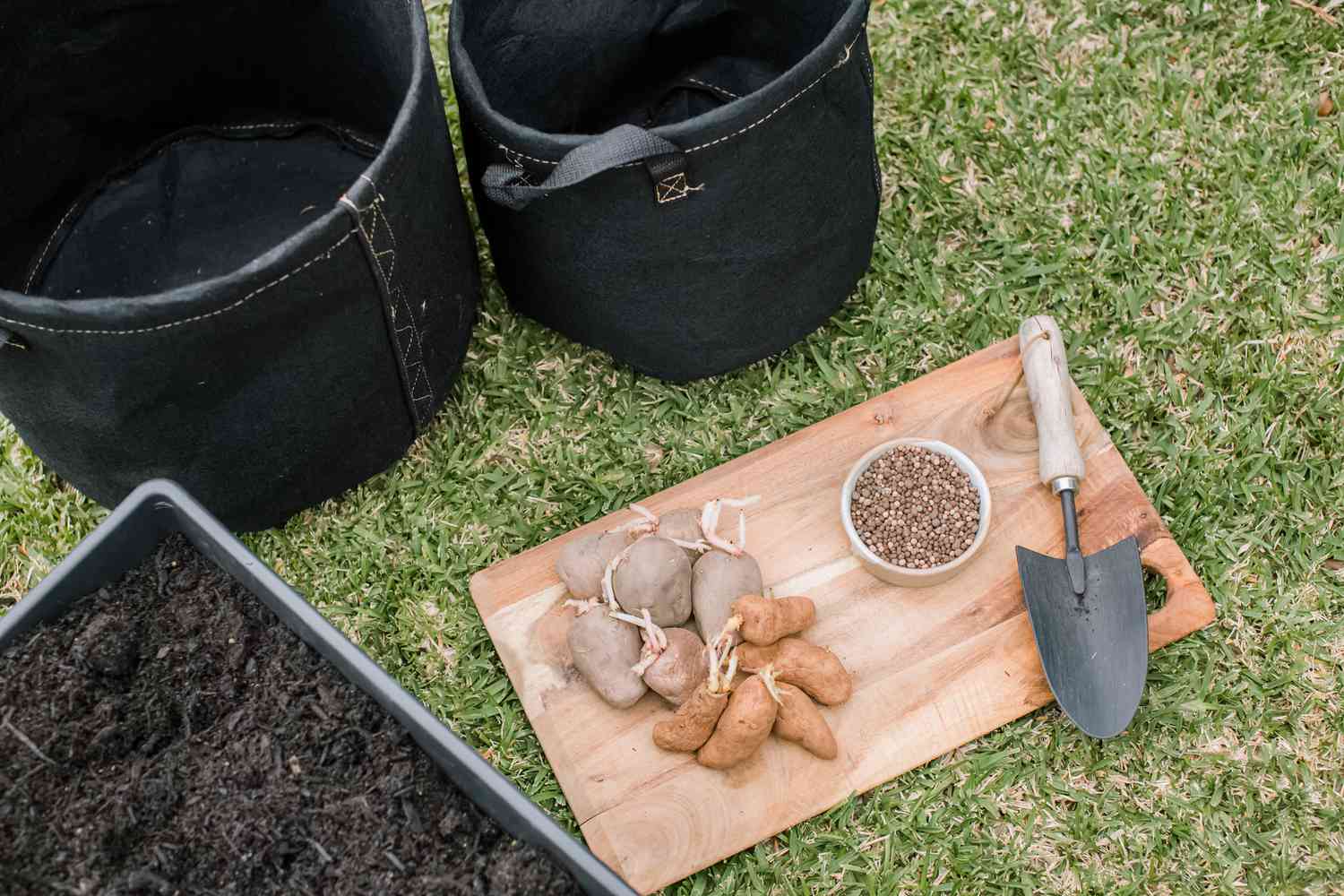
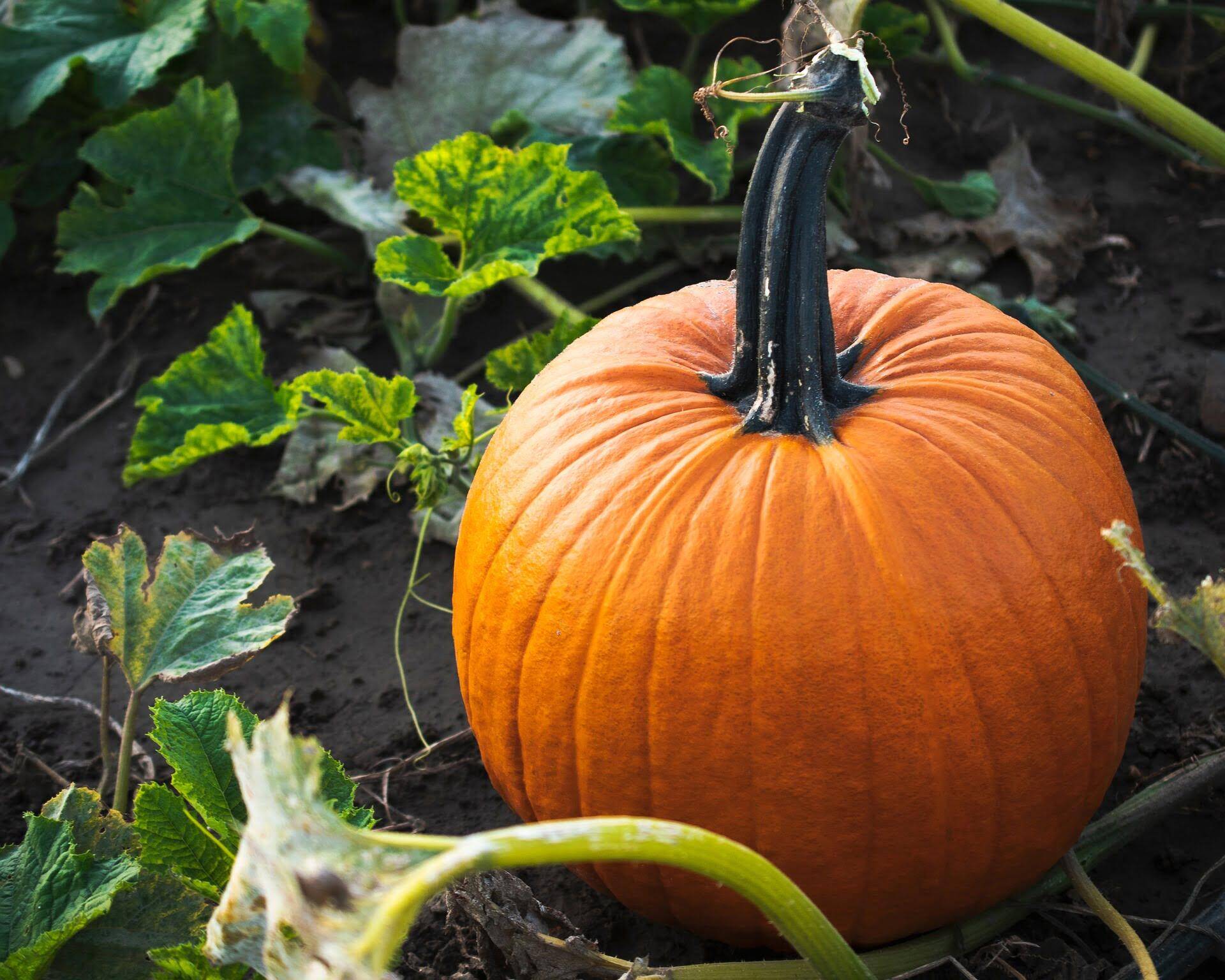
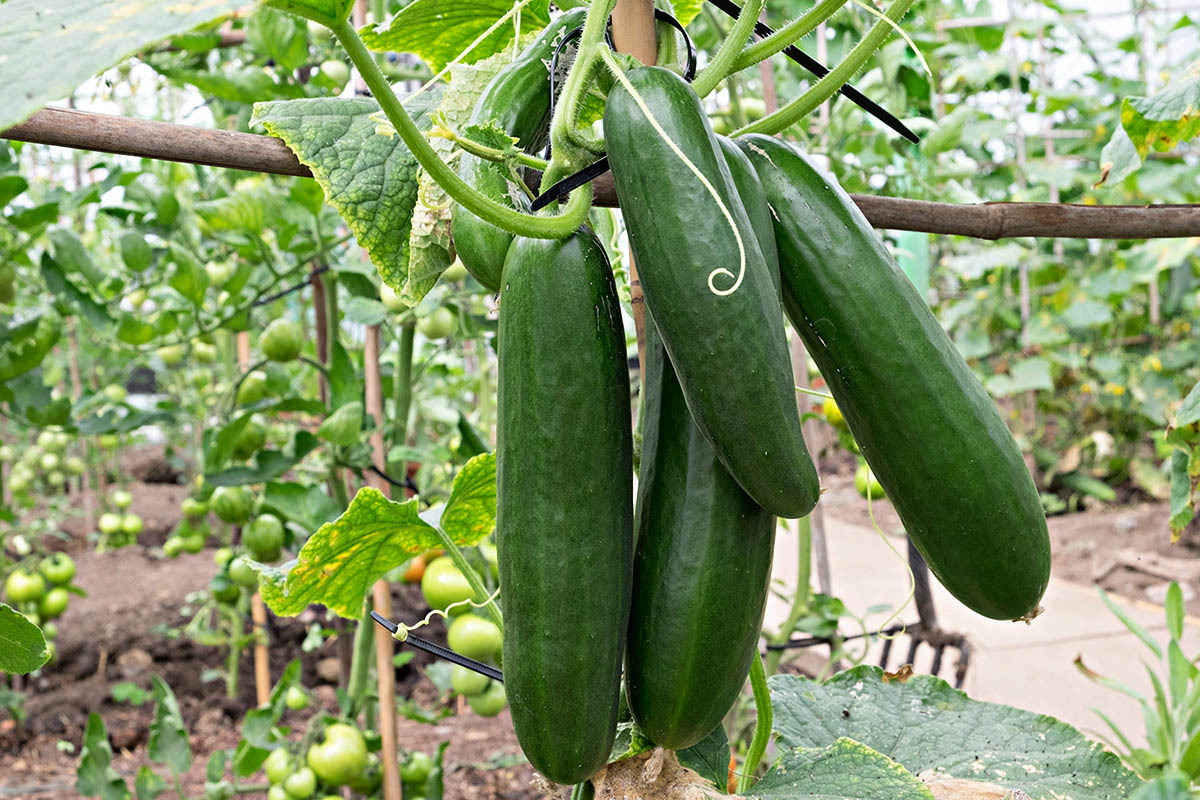
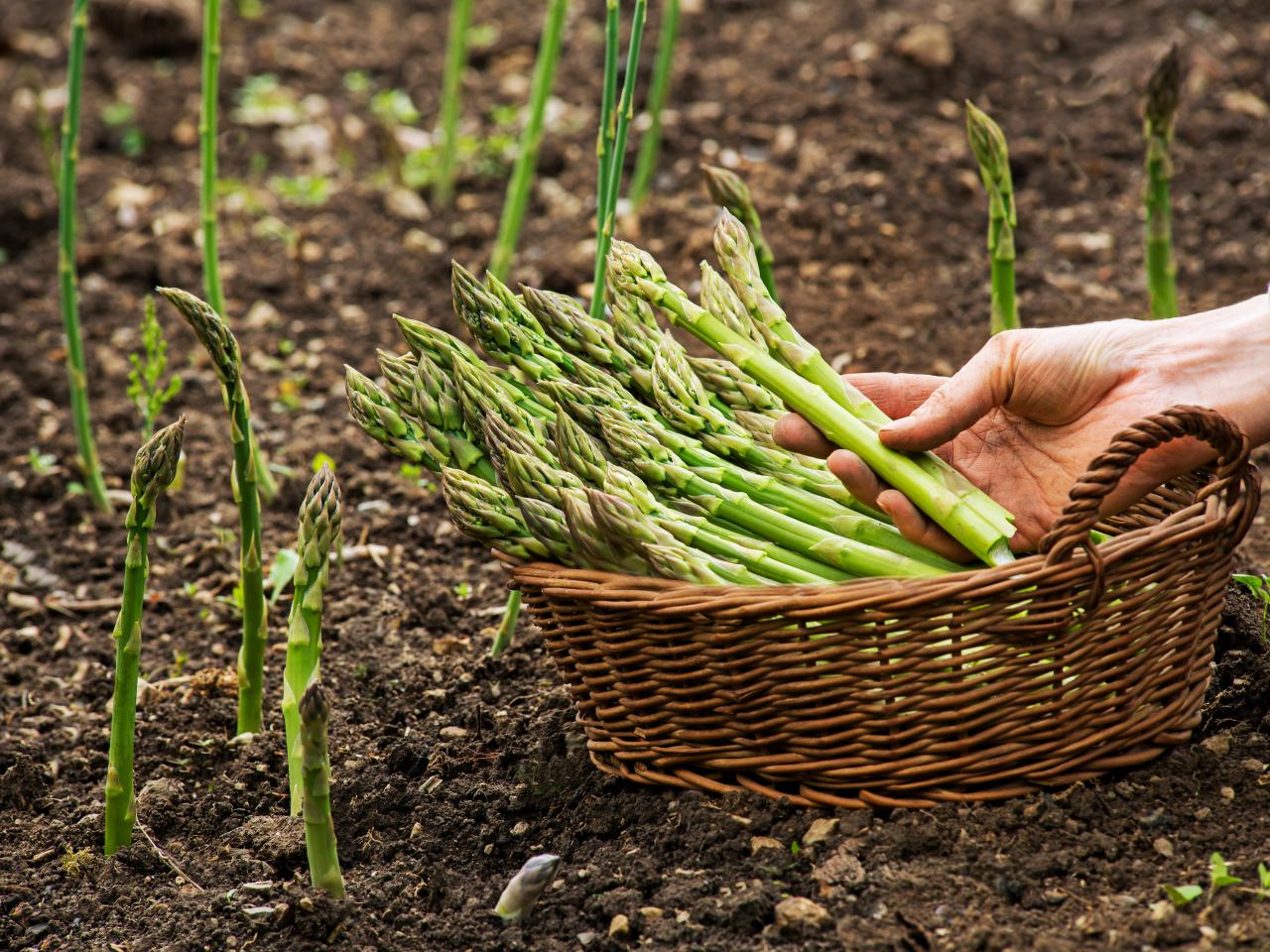
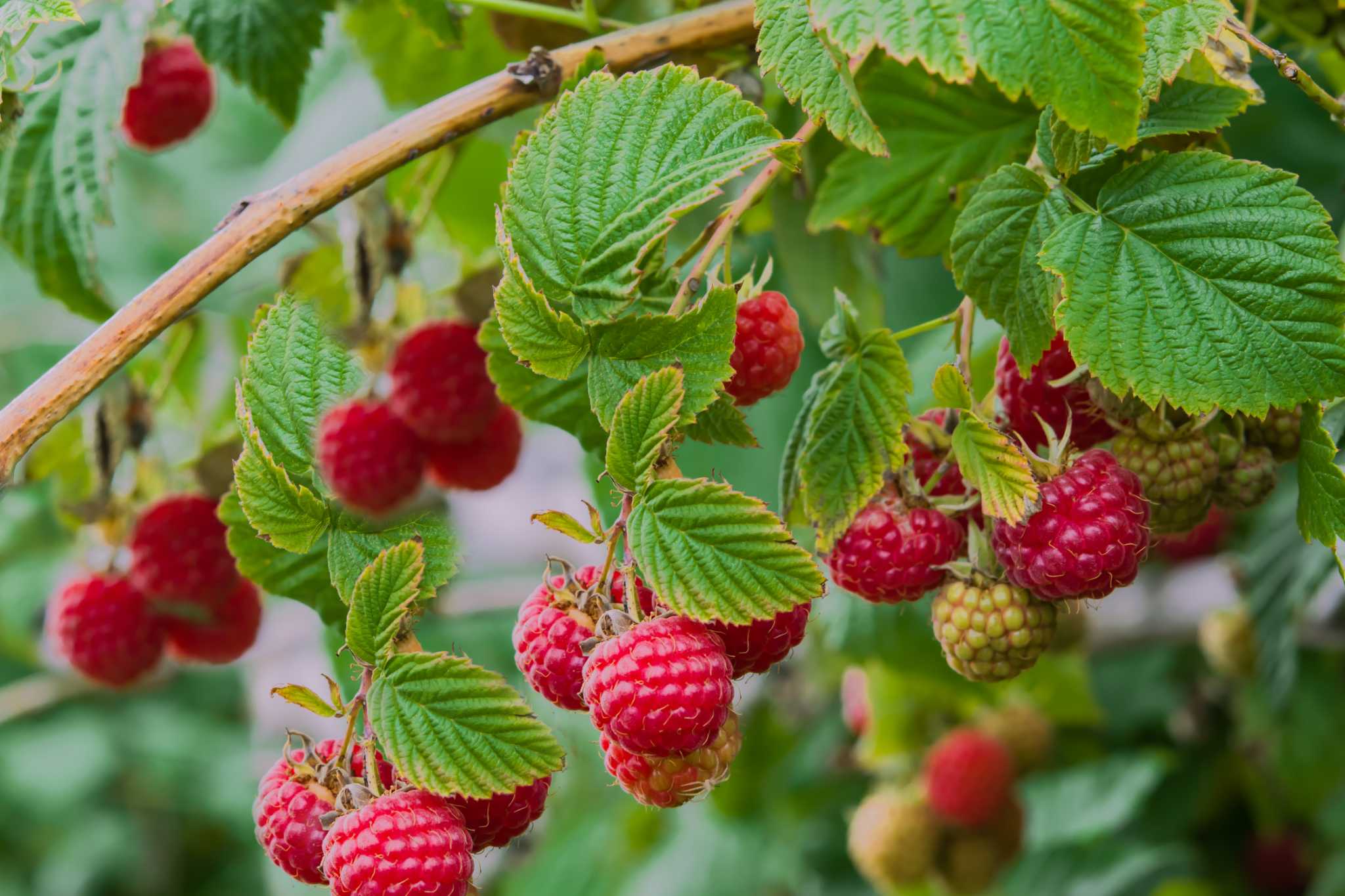

0 thoughts on “How Long To Grow Cucumbers From Seed”